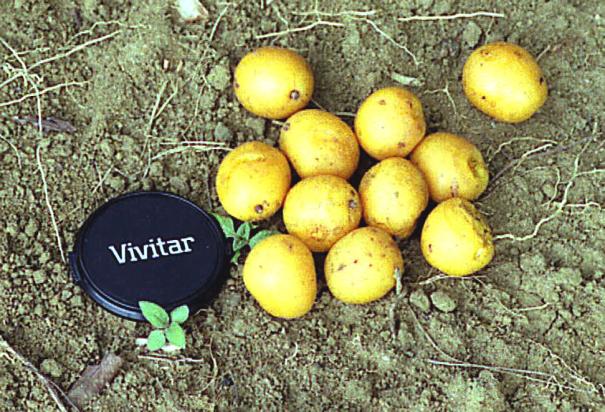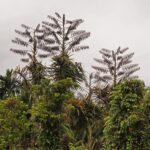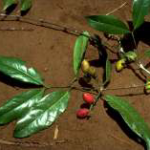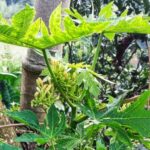Spondias mombin (Anacardiaceae); Common names: Mungyenge (Kongo), Hog plums
Description
A tree which grows to 25 m. Flowering occurs during the dry season. Fruiting of hog plums starts after about 5 years though cuttings may produce earlier. The tree has a bushy habit on drier sites.
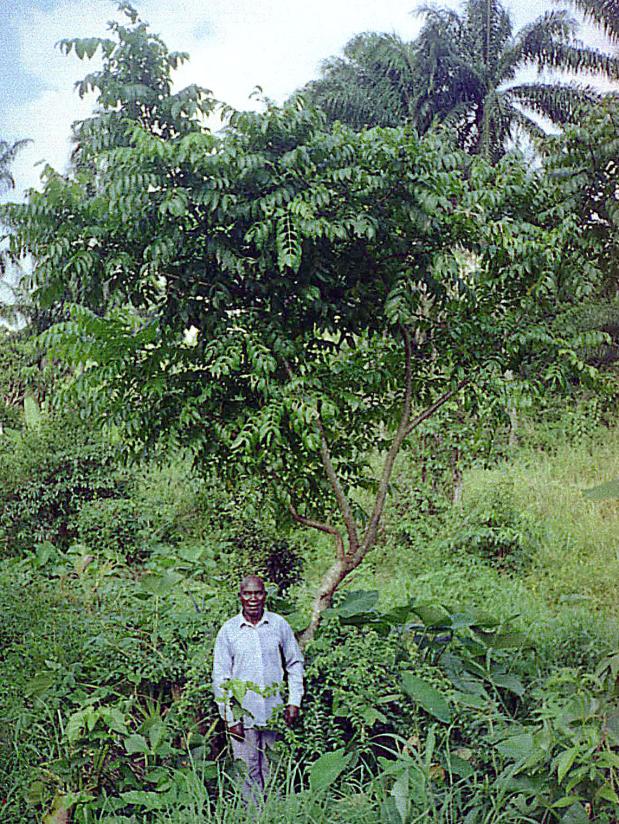
Ecology
Originally from West Africa or tropical America but now present from Senegal to Angola. The tree is often found on the sites of old villages in western D. R. Congo. It does well in a variety of soils, including shallow sands, gravel and heavy clay, but grows best on rich, moist, relatively heavy soils.
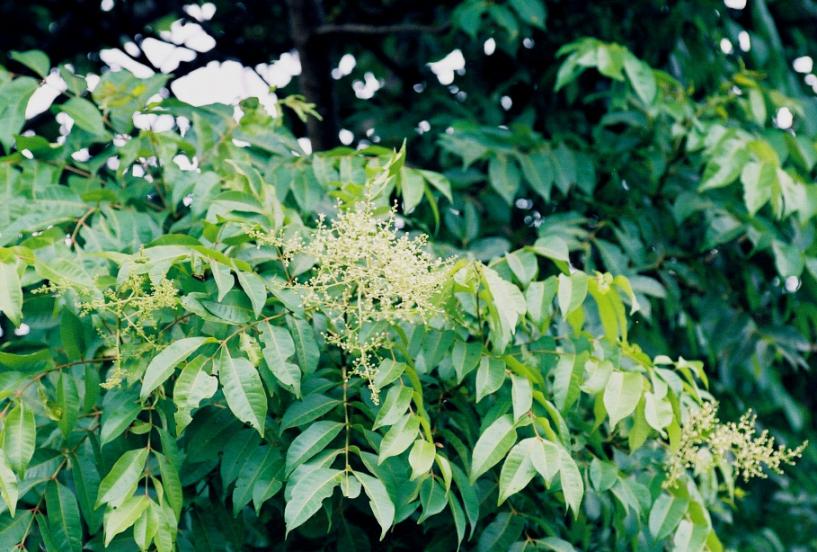
Propagation
Ripe hog plums are collected from the ground, but this must be done as soon as they fall before they rot or are eaten by animals. Seed normally germinates well after 35 – 75 days. Cuttings, 50 – 70 cm long, grow more easily and produce fruit earlier. They should be taken from wood of the previous season or earlier. Plant to a depth of 30 cm in their final position. Best varieties are multiplied by budding. When grown as a hedge, 1.5 – 2 m long stakes can be used for planting.
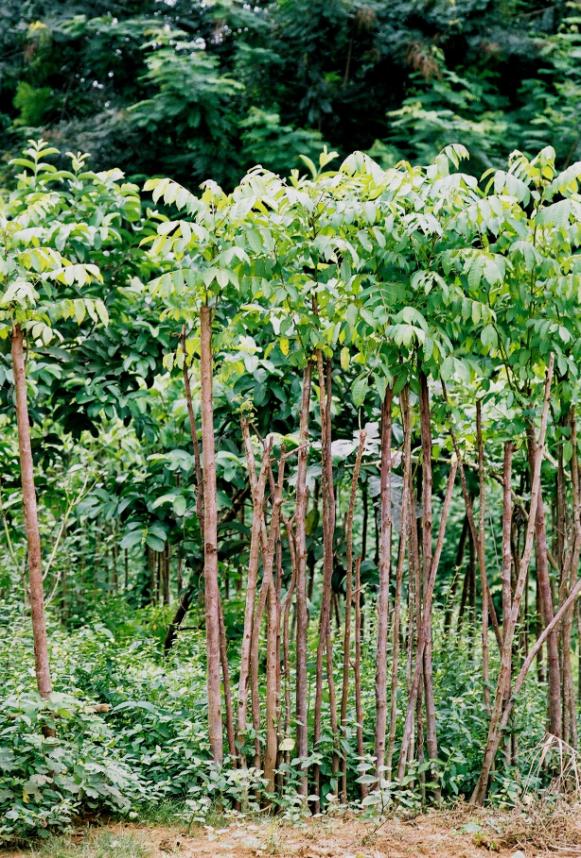
Management
For fruit production plant at 7.5 – 9 m each way. Growth can be fast in fertile soils reaching 7 m in less than 5 years. Large trees can produce 100 kg of hog plums per year. Insect larvae may attack fruits.
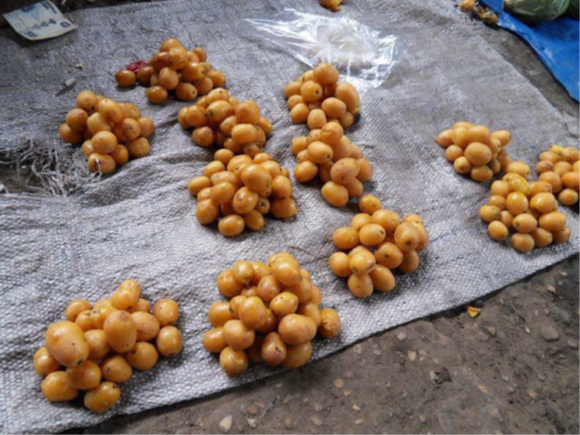
Uses
The fruits can be eaten fresh, dried or boiled and are also used commercially in syrups, ice creams and jellies. They have an acid, turpentine taste, though the flavour varies considerably. A drink can be made from the fresh juice which becomes less acid if kept overnight. The ruit is high in vitamins A and C. The seeds are also edible.
The leaves can be used as a fodder for cattle and the fallen fruits are eaten by pigs. The tree makes a good shade tree. It can be grown as a fence and the stakes are used for yam poles. The flowers are reported to be a honey source in Gabon and Central America. Wood is white to grey and mainly used for firewood. It is stringy, difficult to saw and attacked by termites. Poles are used for house posts and branches for tool handles. Wood ash is used in the indigo industry. Plant extracts have antibacterial properties.
In Kongo Central a decoction of the leaves is used to treat rheumatism. Crushed and soaked in water the leaves are also used to treat asthma. The plant is widely used medicinally elsewhere in Africa.
Remarks
There is a large variation in fruit type, therefore select those that are sweet and that have a large proportion of flesh. A related species S. cytherea (Manga zi nsende or nzuza) is cultivated around Kisantu. The fruits have a soft fibrous flesh and are best eaten while still fresh and firm.
References
Butaye 1909, Gillet & Pãque 1910, Renier 1948, Van Der Veken 1960, FAO 1982, Daeleman & Pauwels 1983, Crane et al. 1984, Burkill 1985, Aumeeruddy & Pinglo 1988, Lobreau-Callen 1988, Dupriez & De Leener 1989, Mukoko Matondo 1991, Pauwels 1993, Burkill 2000, Nsimundele 2004, Agroforestee Database (Accessed 29.4.2013).
___________________________________________________________________________________________________________
Text and all photos at this article © Paul Letham. The professional background and contact information of the author of this article, can be found here.
.

